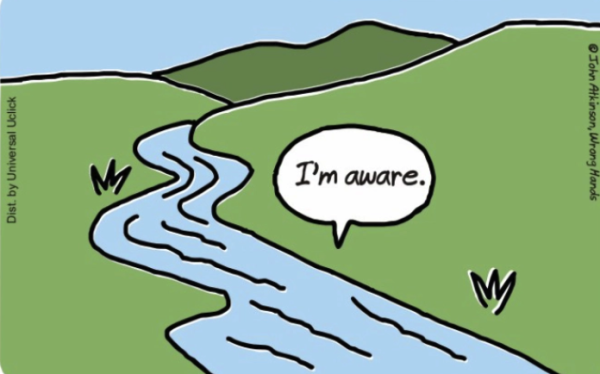Mon château est ton château
We all are intimately familiar with the “once upon a time” story structure. Once upon a time, there was a girl, who happens to have royal blood, who lived in a castle. Despite being gorgeous and having an abundance of favorable character traits, her life was miserable because of the neverending list of evils that impeded her happiness.
That “once upon a time” narrative serves to distance us from a fictitious, completely unattainable world, a world that harbors dragons and knights and moats of lava. This world always has been meant to exist only in the imagination, having been spun in part from a history muddled by the fog of time and in part by the fantasies of those who find themselves stranded on the wrong end of the abyss of time. In this foreign country old enough to have ruins and remember a world before empires, I have seen a piece of this world that I had begun to suspect was almost entirely mythical.
Here in Rennes, France, with School Year Abroad (SYA), I am taking a course in art history. My professor emphasizes that we as students can reap a great deal of knowledge by studying the creative works that emerge from different time periods. We have studied various paintings and the evolution of styles as time progressed. We also, however, study more permanent forms of art in the form of architecture. Across France are innumerable castles and forts. An essential concern for those who inhabited these lavish fortresses was protecting them, and as an extension of that, protecting their power. Castles often were constructed with the purpose of fending off the enemy, with lifting bridges and archères (for launching arrows towards those who approached) and towers (rounded to inhibit scaling the walls) and machicolis (for dropping deadly things and debris upon the enemy). However, as France and other nations continued to acquire other lands and build empires, these defensive structures became less essential. More territory meant the enemy had to traverse greater distances to reach these forts, and they could be met far before they arrived.
This gave way to an era of castle construction less concerned with security and more so with aesthetic value. Flat surfaces replaced rounded walls. Italian influences made symmetry more prevalent, as opposed to towers placed in locations that would ensure the best view of the surrounding space and limit blind spots. Windows appeared as well, no longer posing the danger of infiltration. Some architectural elements of course remained (the moat will never go out of style, even if it doesn’t have lava), but the structures changed largely to reflect the changing needs of the country and also the increasing intermingling with neighboring cultures.
For a school field trip we visited five different castles over the course of three days, this following a visit to the highly acclaimed fortress Mont St. Michel the weekend before. Mont St. Michel sits off the coast of France, enclosed on all sides but one by the ocean. Every day, the water recedes far enough that one can trek by foot towards the castle, but must take heed of the quicksand that would inhibit their progress. Our class of 71 students took this two-hour journey along with our host brothers and sisters with the assistance of two guides. I was absolutely awestruck. Over the course of the journey, the haze slowly cleared, allowing me to see the marvel that my host family had boasted about countless times since my arrival. It loomed over me, positioned on a mountain that I imagine would enable anyone inside to more-than-adequately view any approaching assailant. Though we did not have the opportunity to see the interior of this castle with this visit, seeing the other five–Château de Chambord, Château de Chenongoyi, Château de Serrant, Château de Villandry, and Château de Chaumont-Sur-Loire–served to render in me an awe just as grand as that given by Mont St. Michel.
Suddenly, as I stared up at the various castles, everything we had learned about in our course had materialized in front of me. The structures no longer were solely something I needed to cram to remember the names of. Instead, they had morphed into living, breathing parts of history, artifacts of a time that passed long ago. These visits served as the bridge to a time before every corner of the world had been discovered, before gravity was known to be a law of the universe, before we could pull up Google and find out everything there was to know about the places that otherwise would only exist in our imaginations. As I continue my journey through SYA and beyond, I shall keep the experience of touring these places with me forever. I look differently, with more respect, at the wisdom that comes with old age, as now I have experienced the result of antiquity–beautiful castles that last generations and imprint memories for a lifetime.


